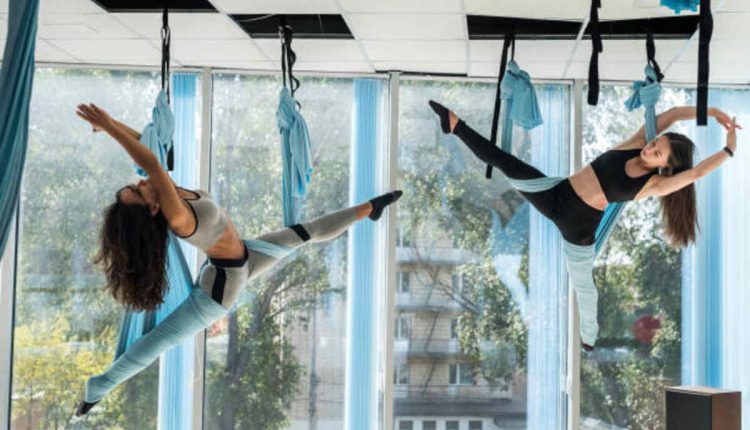The Different Styles of Yoga: From Hatha to Vinyasa and Beyond
It’s no surprise that yoga is incredibly versatile. Countless yoga styles, from restorative to power, are designed to create harmony in the body, mind, and spirit. Choosing the right type is all about finding the one that resonates with you, and you may find that yoga classes vary even within the same studio. Check out the Best info about Aerial Yoga.
For example, two classes with the same yoga style might be taught by different instructors and feel radically different. That’s why getting out and trying other yoga classes is so important, especially as a beginner. A well-trained teacher can help you learn the poses and the proper form of each pose and provide instruction on breathing techniques to deepen your practice.
Hatha yoga is often the one most people think of when they hear “yoga.” It’s an umbrella term that covers a variety of physical postures, such as Sun Salutations and core work, and it can be more accessible for beginners. This style is also easier for those with physical limitations because of the slower pace and the ability to hold poses longer.
Vinyasa is a more challenging yoga style. It’s a flow of poses that move seamlessly from one to the other, and it’s sometimes referred to as a moving meditation. Flowing from one pose to the next helps you sync your breath with your movement, and it can be a great cardio workout. Many students of Vinyasa enjoy it because it’s more intense than a seated or standing meditation.
Power yoga is another physically challenging yoga style. This yoga is designed to build strength and endurance, and it’s typically done in a heated room. The Bikram yoga series, which controversial founder Bikram Choudhury created, consists of 26 poses repeated in the same order in each class. This physically demanding style can be challenging for advanced yogis, but it’s only suitable for some, especially beginners or those with chronic injuries.
Other physically challenging yoga styles include Ashtanga, Iyengar, and Anusara yoga. Ashtanga yoga is similar to Vinyasa yoga but is faster paced and requires more upper body strength than Vinyasa. Iyengar and Anusara are slower-paced and focus on precise alignment. These yoga styles use physical props like blocks, straps, and pillow-like bolsters to help students with various physical limitations.
If you want to break a sweat but don’t need a vigorous workout, try Restorative yoga. These gentle classes usually involve only a few poses held for several minutes. They’re perfect for releasing tension and restoring energy. They can also benefit students with chronic pain or illness, especially those who need a soothing practice to reduce stress and improve their sleep.
Read also: DC Health Link – A Marketplace For Individuals and Small Businesses


Comments are closed.